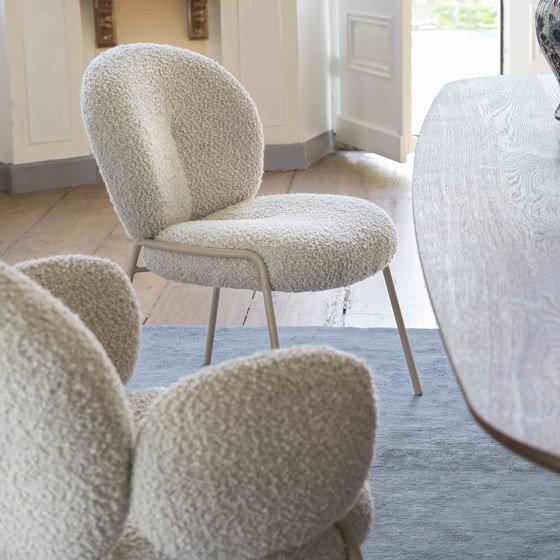Oishii Park / td-Atelier

Year :
2022
Manufacturers : Adobe Systems Incorporated, Jww-CAD, NOZIMOKU, Planet Japan
-
Lead Architects :
Tada Masaharu

Text description provided by the architects. Grow, Harvest, Eat, Play, Study!
“Oishii” means delicious in Japanese
A project to open a small field in Kumano Shingu as a private-public space (a park, a library). The site is two buildings across the temple from “Youth Library Engawa”. There is an elementary school across the street, and it is a place where children can see it well. “Youth Library Engawa” opened in 2013 as a “library where you can stay” by renovating an old private house. At the same time as providing lodging for travelers, it also provides a public space open to local residents (especially children).



With the spread of covid-19 in 2020, “Youth Library Engawa” began to think about new ways of outdoor public spaces. The concept that emerged was the “Oishii Park,” which opened the field to the community as a park, and then made it a place for reading books connected to the “Youth Library Engawa.”. Many studies were carried out on how to create a field where people can visit, gather, stay, read books, and interact. We investigated the changes in the position of the sunshine and shade in the summertime on the premises, mapped out what we would like to do in the “Oishii Park”, and examined how it would look from the elementary school and alleyways.


As a result of superimposing them, I decided to create a long three-dimensional bench that flows at the west end of the site (it reminds me of the rivers, waterfalls, and mountains of Kumano). Considering that it is a DIY construction, it can be constructed without skilled skills, and at the same time, there is also a process where you can learn carpentry techniques.


Furthermore, we aimed to create a complex design that does not look like it was made DIY. We have carried out several projects with students in Kumano over the past seven years. However, in the corona disaster, there were various risks in moving forward with a project in a rural area with many elderly people. Therefore, we came up with a method of manufacturing many parts at the university and assembling them locally, minimizing contact with local residents.

The planning and design were carried out taking into consideration the transport of goods (examination of dimensions, weight, and assembly procedure) and the reduction of labor at the site (improvement of efficiency, standardization by numbering). We hope that “Oishii Park” will not only harvest delicious food, but also provide fruitful experiences, encounters, and communities to the region.

This project is neither a so-called building nor just furniture. We aim to update existing locations with small devices. Rather than completely rewriting the meaning and function of a place, I am thinking about how architecture should be, aiming to improve it just a little.







